Hello Everyone
This is @max-pro from, #Bangladesh
Assalamu Alaikum friends hope you all are well. By the grace of Allah I am also well. Today I came to participate in this "SLC | S21W3 : Teaching Practice" learning competition conducted by our teacher. Here he imparts some important lessons to us. Accordingly I will try to give correct answer. So let's begin.
| Tell us what your specialty is and what you would like to teach your students in the next hour-long meeting? |
|---|
Being a teacher is a very responsible and important job. A teacher's job is not only to teach but they also help the students in their personal and moral development. Teachers motivate students, answer their questions and create a supportive learning environment where students can maximize their potential.
Since I'm fluent in Korean, I assume your specialty as a Korean language teacher is to make students proficient in Korean grammar, vocabulary, pronunciation, and practical conversation. You are adept at making the Korean language learning process easy, interesting and effective for students. It might be the topic you want to teach the students in the next hour-long meeting.
| Basic Korean Conversation | Introductions, general greetings and basic question-and-answer. |
|---|---|
| Correct Pronunciation Techniques | Practice pronouncing Korean vowels and consonants correctly. |
| Common Phrases and Expressions | Learning and applying common phrases used in daily life. |
| Culture and Dialogue | Introducing Korean culture, common practical language and local dialogue. |
| Reading Memorization Techniques | Daily readings should be written down in a notebook and memorized by reading aloud. |
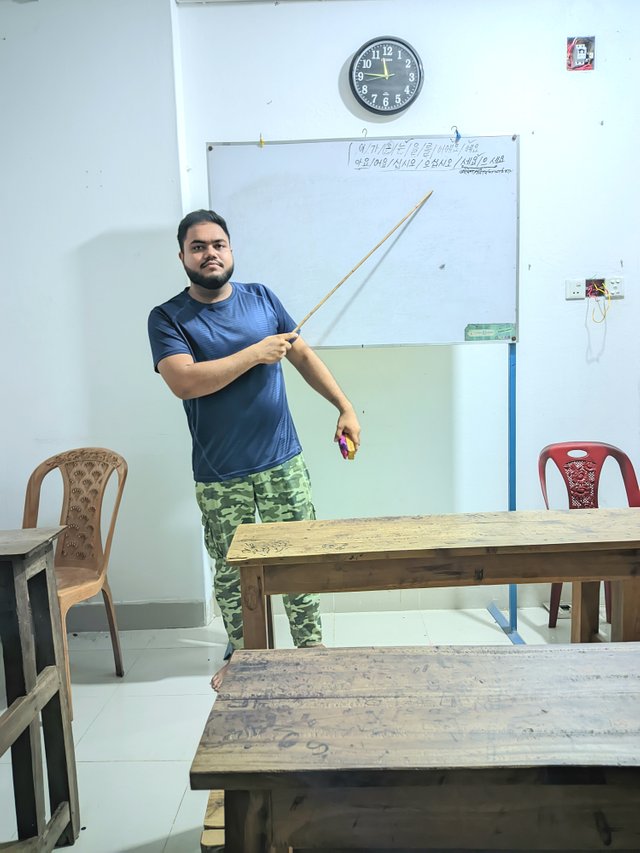 | 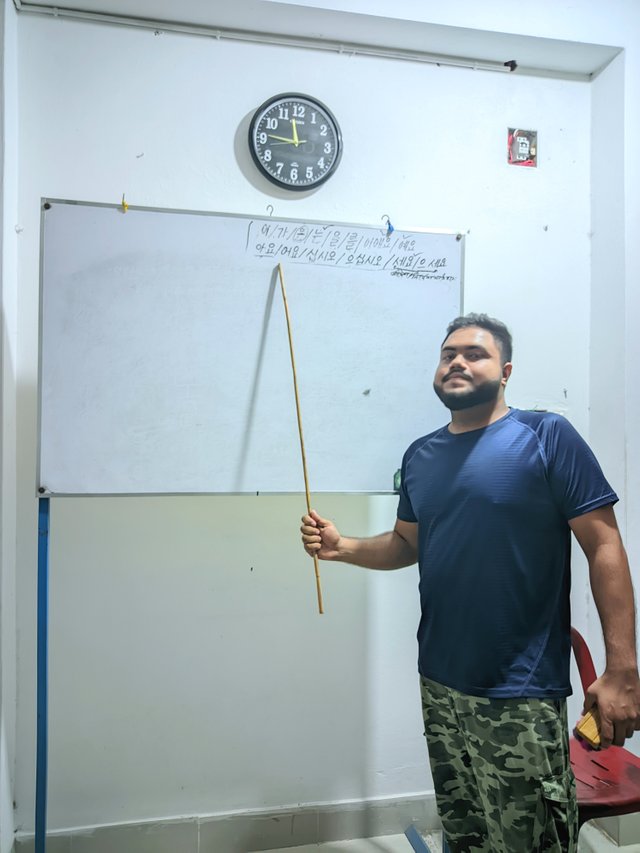 |
|---|---|
| I teach Korean grammar | to students |
| Tell us about how the learning takes place from the beginning to the end (input-process-output)? |
|---|
According to me the learning process from start to finish (input-process-output) is usually divided into three steps. Each step serves a specific purpose and is interconnected. Each step is explained below.
Input :- This step is the first step in the learning process where the learner receives new information. Examples of inputs include,
| Textbooks and Reading | Reading from textbooks or articles on various subjects. |
|---|
| Lectures and Speeches | 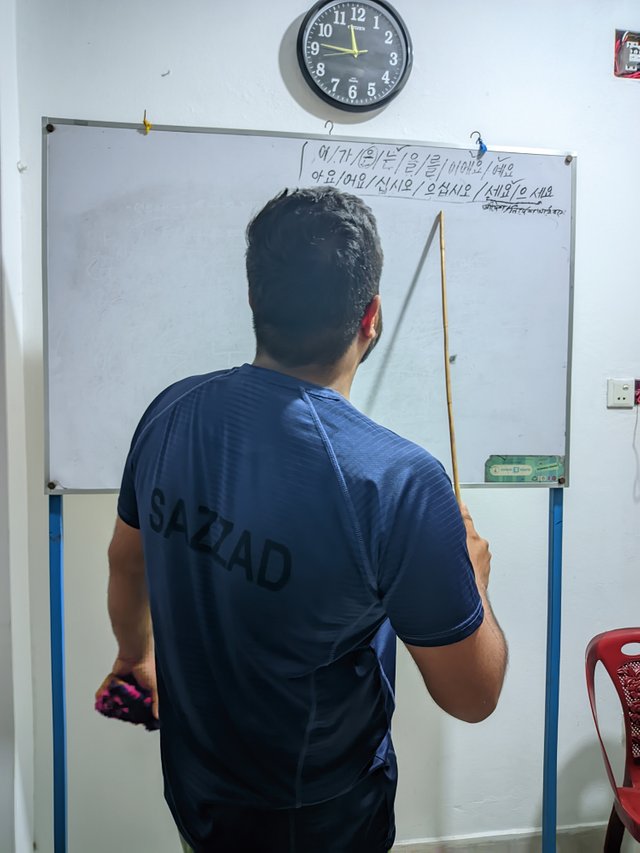 | Lectures heard from teachers or teaching mediums. |
|---|
| Visual and auditory materials | video, audio and other multimedia materials that convey new ideas and information. |
|---|
Process :- In the process step the learner understands, analyzes and integrates the input information. This is the most important step in the learning process. Different techniques are used in this step.
| Analysis | Analyzing different pieces of information and understanding how they relate to each other. |
|---|---|
| Practice | learning through quizzes, problem solving and practice. |
| Discussion | Discussing topics with classmates or teacher. |
| Interpretation | Trying to understand the subject by teaching oneself or others. |
Output :- In the output phase, the learner applies or expresses what he has learned. This step is considered as a learning outcome.
| Exams and Assessments | Check your knowledge with tests about learning. |
|---|---|
| Projects and Presentations | Application of learning through creating projects or presentations in class. |
| Daily Use | Applying learned knowledge and skills in real life. See the picture as an example |
 output - Captured by @max-pro
output - Captured by @max-pro
This input-process-output model is a complete cycle of learning. It ensures an integrated learning process from students gathering information, understanding and analyzing it, and finally applying the knowledge learned.
| How do you ensure that after the learning activity there are changes in the cognitive, affective and psychomotor aspects of students? |
|---|
A number of steps can be followed to ensure that students experience changes in their cognitive, affective, and psychomotor aspects after the learning activity. For example,
| In case of cognitive change verification | 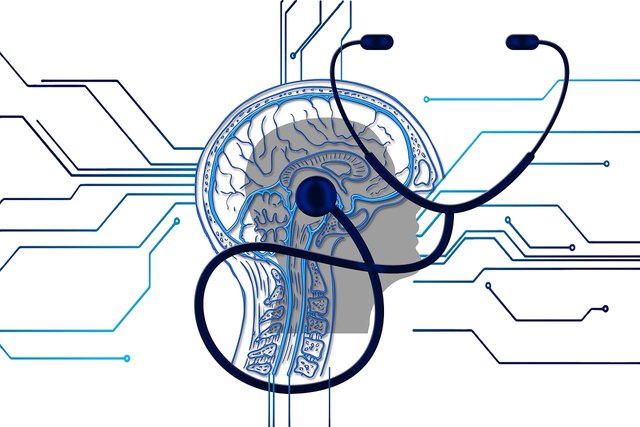 source source |
|---|
Exams and Assessments :- Students will check their understanding of the content through written tests, quizzes and MCQs.
Problem Solving :- Students will be given various problem solving questions that will test their analytical skills and imagination.
Question and Answer Session :- I will ask different questions to the students or check their knowledge through open discussion.
| In case of affective change verification |  source source |
|---|
Participation Observation :- To see how actively students participate in class, ask questions and express their opinions.
| Gather Feedback | Take written or verbal feedback from students that may indicate their emotional changes. |
|---|---|
| Behavior Observation | I will observe how students are behaving with others in class or during learning activities and if there is any change in their attitude. |
| In case of checking psychomotor changes | 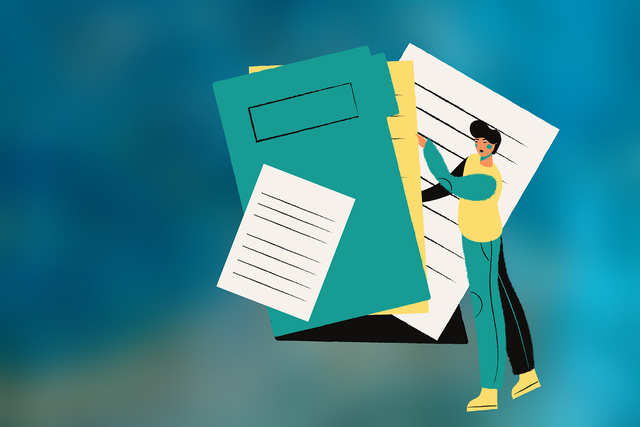 source source |
|---|
Functional test: Students will be asked to participate in some practical activities. Such as model making, lab activities or physical skills practice.
Demonstration: Ask students to demonstrate how they apply what they have learned. For example, ask a language learner to say the correct pronunciation or dialogue.
By using these methods, we can ascertain how well students' learning outcomes have improved cognitively, emotionally, and psychomotorically.
| Whether the methods and strategies you use are appropriate, how do you develop methods and strategies in future learning meetings? |
|---|
Although I am not a professional teacher, I try to share my knowledge with others. Because the more you share your knowledge, the more active your knowledge will be and everyone will benefit. So here are some simple statements to check if my methods and techniques are appropriate and to develop them in future learning sessions.
Regular feedback should be taken from the students. Their feedback and feedback will help determine the effectiveness of your approach. The results of various tests and assessments should be looked at and determined in which areas students have improved and which areas require more attention. Also, before implementing any new strategy, it should be tested on a small scale. This way you will understand what is effective and what is not. Avoid monotonous techniques and use different methods like games, group discussions, project based learning etc.
Students should be assisted with various materials. Such as video, audio and pictorial materials. Discussions should be organized with the students and various activities should be given for their practice. For example problem solving and group projects. Students should be given opportunities to create projects, presentations and apply the learning in daily life. Students should monitor work and activities and keep consistent notes of their progress.
Keep notes or reports on our teaching methods and results which will be useful for future method development. Attend regular trainings and workshops to learn new teaching methods and techniques. Learn from the experiences of other teachers and education professionals to improve your techniques. Thus through assessment and review it is possible to gradually develop methods and strategies that will enrich the learning experience of students.
| Here I am giving videos about Korean practical teaching to my students and friends. |
|---|
Since I have mastered the Korean language, I would like to briefly mention some important points. In many cases learning Korean is necessary for the workplace, such as a job in a Korean company or working in Korea. The practical skills test ensures that the student can apply the language correctly in real-life situations and adapt well to the workplace.
So I am doing the Korean practical test myself. The practical test tests students' correct pronunciation, fluency and ability to answer dialogues after listening. This helps them to improve their communication skills, which is very important when communicating abroad or in Korean-speaking society. Below is a link to a simple YouTube video of the Korean skills test I taught today.
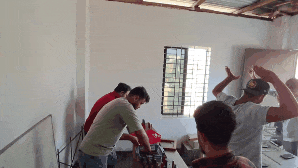
So this is a very nice competition where our teacher asked to discuss very important topic. I am very happy to participate in this contest. So I am Inviting my lovely Steemian friends @selina1, @irawandedy, @solaymann to Participate in this Competition.


Twitter share link : https://x.com/maxpro1412/status/1856289590589698176?t=AExFvdAvWd7fZCa4W04OMA&s=19
Downvoting a post can decrease pending rewards and make it less visible. Common reasons:
Submit
A teacher provides education to his students in various ways. Besides, the teacher evaluates the results to know how much knowledge the student has learned, which you have explained very well. Your engagement challenge content has been great. Thank you so much for mentioning me. Wish you all the best.
Downvoting a post can decrease pending rewards and make it less visible. Common reasons:
Submit
Thank you so much for spending your precious time on this post and giving such a wonderful comment. I wish you success. Best wishes to you. 🥰
Downvoting a post can decrease pending rewards and make it less visible. Common reasons:
Submit
@ max-pro. Assalamu Alaikum. The ethics and morals of a teacher and the responsibility of a teacher, you have explained very well. Process, input, output, explained very well. An instructive chapter for the teacher. I think your teaching method is the best as a teacher. Teaching method every technique was very good. Wish you success on the beautiful platform.
Downvoting a post can decrease pending rewards and make it less visible. Common reasons:
Submit
Walaikum Assalam. Thanks for your comment. Your kind words of encouragement mean a lot to me as a teacher. I try to present every topic in simple language and effective way, so that students can easily understand it. Your kind appreciation will motivate me to do better. Hopefully, we all can learn and teach better things together on this platform.
Downvoting a post can decrease pending rewards and make it less visible. Common reasons:
Submit